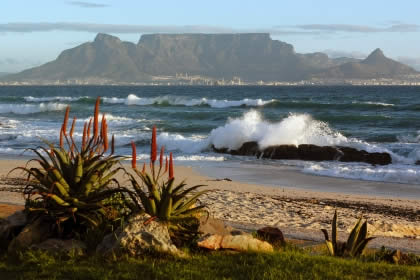A vast number of transport options make getting around India easy.
Few tourists take self-driving vacations in India. While India’s largest cities have international car rental companies like Budget and Hertz, the challenging urban driving conditions are a deterrent.
It’s more common for visitors to hire a car which comes with its own driver.
While inner-city driving is not recommended, India is ideal for long motorcycle journeys. Motorcycles handle the country’s pitted roads better than four-wheeled vehicles do, and there’s the freedom to stop when something catches your eye. Many people begin their motorcycle journey in Delhi and travel to Rajasthan, South India, or Ladakh. Providing you have the correct paperwork, you may also like to ride to Nepal, Bangladesh, or Bhutan. When hiring a motorcycle, look for bikes covered by third-party insurance. It’s not unusual to leave your passport, airline tickets, or a large cash sum as a security deposit. While solo touring holds a certain appeal, many tourists prefer to join an organized group. Companies including Wheel of India, Classic Bike Adventures, and Himalayan Roadrunners all offer tours including support vehicles, mechanics, guides, and bike hire.
Buses are India’s most inexpensive transport option. While services are fast and regular, the country’s perilous roads and the risk-taking nature of many drivers can make bus travel a harrowing experience. Government buses are the safest options, but seats can be booked months in advance. Private buses are less expensive, but they are often overcrowded and their drivers regularly exceed recommended speeds. Luggage may be stored underneath the bus or on the roof. If your bags are on the roof, make sure they are closed tightly and secured to the metal baggage racks as the bumpy roads may send suitcases flying.

While it is regarded as risky in many Western countries, hitch-hiking is an established part of Indian culture. Truck drivers stand in for bus services in remote areas including Ladakh, Lahaul, and Spiti. They charge a small fee for this service, which can be negotiated. But this can often prove difficult as few drivers speak English. While hitch-hiking is common, women are cautioned against doing it alone.
Train travel offers a more luxurious experience for tourists. The network is extensive and prices are affordable. Major cities also have suburban networks, although these trains can become overcrowded in peak times. While the ticket buying process can seem confusing, most stations have English speaking staff to assist foreign travelers. The Indian Railways site offers timetables of all major train lines.
A variety of water transport options help travelers make their way across and down India’s waterways. Wooden canoes and primitive coracles are inexpensive passenger options, while larger ferries can transport guests and their cars. Most boats will accept an extra fee to transport bikes and motorcycles.
